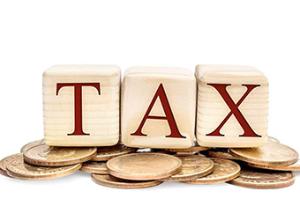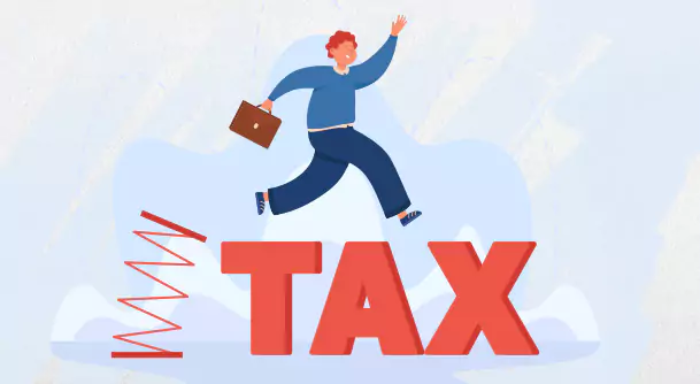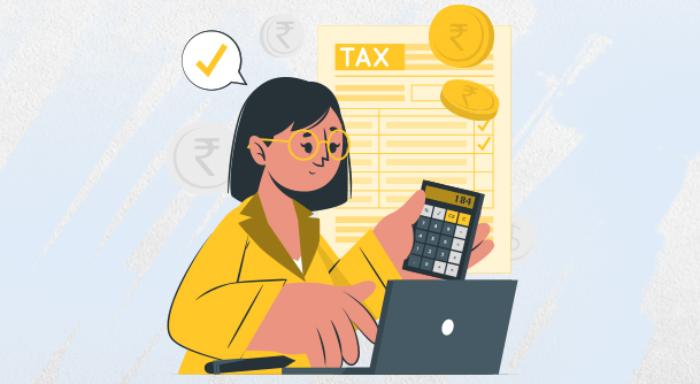Understanding the Basics of Taxation System and Tax Structure in India
Blog Title
18200 |
The taxation system in India traces its roots to ancient texts like Manusmriti and Arthashastra. As prescribed by these texts, artisans, farmers, and traders hundreds of years ago would pay taxes in the form of silver, gold and agricultural produces. Taking clues from these texts and with some added tweaks, the basis for the modern tax system in India was laid by the British when Sir James Wilson introduced income tax in 1860. At the time of independence, the newly-formed Indian Government cemented the system to catalyze the economic progress of the country and also to eradicate income and wealth disparity.
Since then, the tax structure in India has undergone a revival with abolitions and amendments as well as additions of new reforms. Let’s have a look at the current aspects of the taxation system in India.
Definition and Main Highlights of the Tax Structure in India
Tax can be defined in very simple words as the government’s revenue or source of income. The money collected under the taxation system is put into use for the country’s development through several projects and schemes.
- The Indian Constitution authorizes the Central and the State Governments to levy taxes.
- The Parliament passes laws to approve taxes collected by the Central Government. In the case of the State Governments, the State Legislature holds this power.
- Also, the local governing and civic bodies too have the right to levy certain taxes.
Types of Taxes
There are two ways to classify different types of taxes in India:
The Concerned Authorities
In 1964, the Central Board of Revenue was constituted to govern the taxation system in the country. Two bodies formed under the board include:
Highlights of Taxation System 2020
The Government of India penalizes offenders, who don’t pay taxes, through penalties ranging from fines to imprisonment. Paying taxes on time and with honesty is indeed beneficial for all.
The government makes it helpful for regular taxpayers by allowing tax exemptions up to a certain limit. Premiums of life insurance policies and benefits availed through them are eligible for tax deductions under Section 80C and Section 10(10D) of the Income Tax Act of India. It is often seen that ULIP tax-saving instruments have high demand as these investment plans let you avail of both investments as well as insurance benefits. Investing in top-performing ULIP funds becomes beneficial as you save on taxes in addition to getting a sizeable corpus. Thus, the ULIP tax saving instrument stands to be a perfect tool these days.
- Taxes Levied by the Central Government and State Governments
- By the Central Government: These include income taxes (the exception being the tax on agricultural income), customs duties, corporation taxes, excise duties, estate duty and more
- By the State Government: Taxes on agrarian incomes, VAT (value-added taxes), electricity consumption and sale taxes, land revenues, tolls and more
- By the Local Civic Bodies: Municipal corporations and other local governing bodies collect taxes like property taxes
- Direct and Indirect Taxes
- Direct Taxes: The individuals directly pay these taxes to the respective governments. The most notable examples include income tax, capital gains tax, perquisite tax, corporate tax, and securities transaction tax.
- Indirect Taxes: These taxes are not directly paid to the governments but are collected by the intermediaries who sell or arrange products and services. Service tax, sales tax, octroi, customs duty, value-added tax, and excise duty are some of the top examples.
- Central Board of Direct Taxes (CBDT): Plans and administers the direct taxes
- Central Board of Excise and Customs (CBEC): Administers service tax, customs and excise duties
- Revised Income Tax Slabs: In a significant relief to the low-income individuals, the Union Budget presented in 2019 revamped the tax rate for different brackets. Income up to Rs.2.5 Lakhs is entirely tax-free. 5% of the total income exceeding Rs.2.5 will be applicable if the income is within Rs.2.5 Lakhs & Rs.5 Lakhs. From Rs.5 Lakhs to Rs.10 Lakhs, 20% of the total income exceeding Rs.5 Lakhs + Rs.12,500 will be levied. Similarly, Rs.1,12,500 + 30% of total income exceeding Rs.10 Lakhs will be levied as income tax.
- Goods and Service Tax (GST): Passed in 2016, but levied in July 2017, GST brings various indirect taxes levied by the Central and the State Governments under a single comprehensive indirect tax.
- Central Board of Indirect Taxes and Customs (CBIC): Another significant development was renaming CBEC to CBIC under the newly-levied GST.












